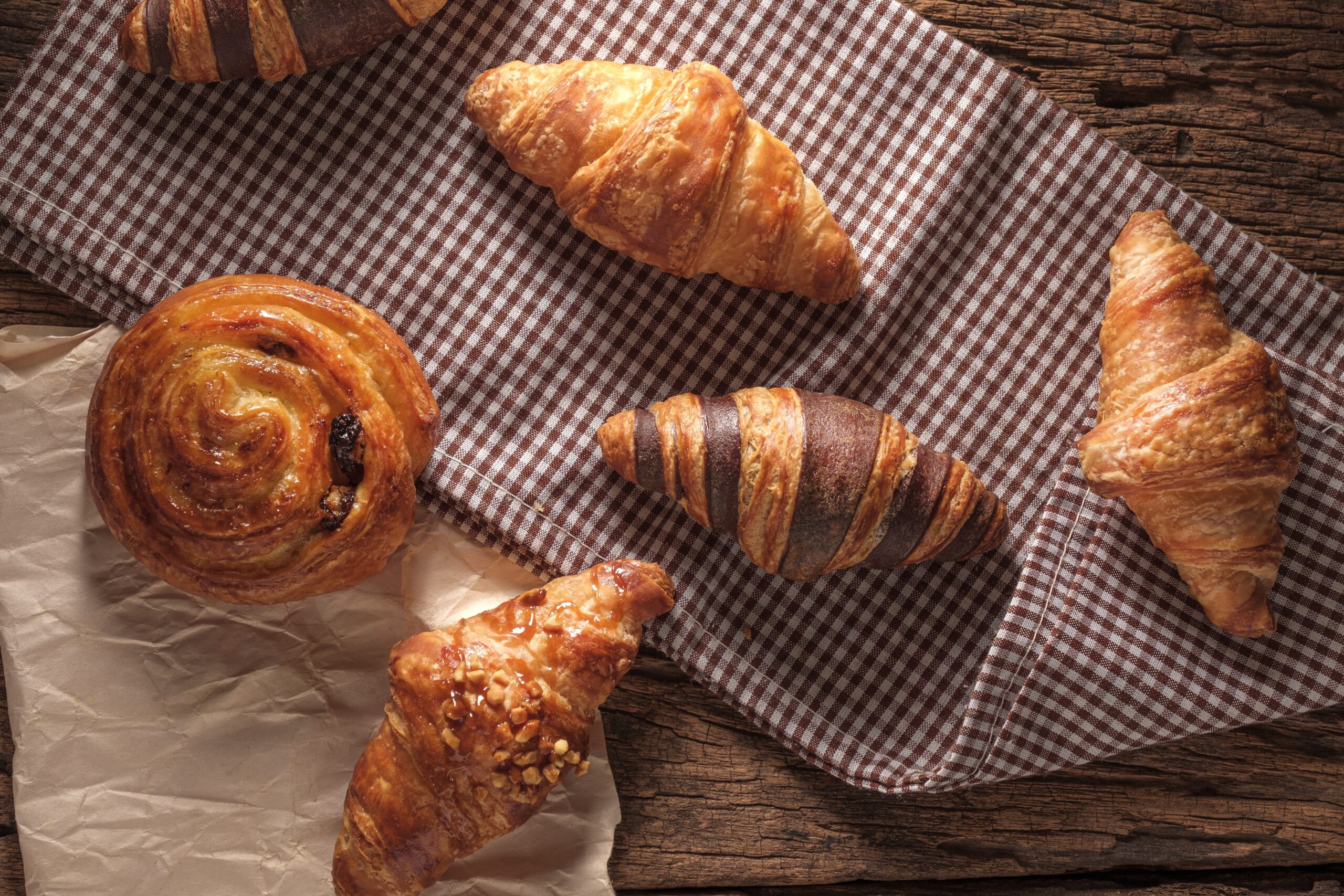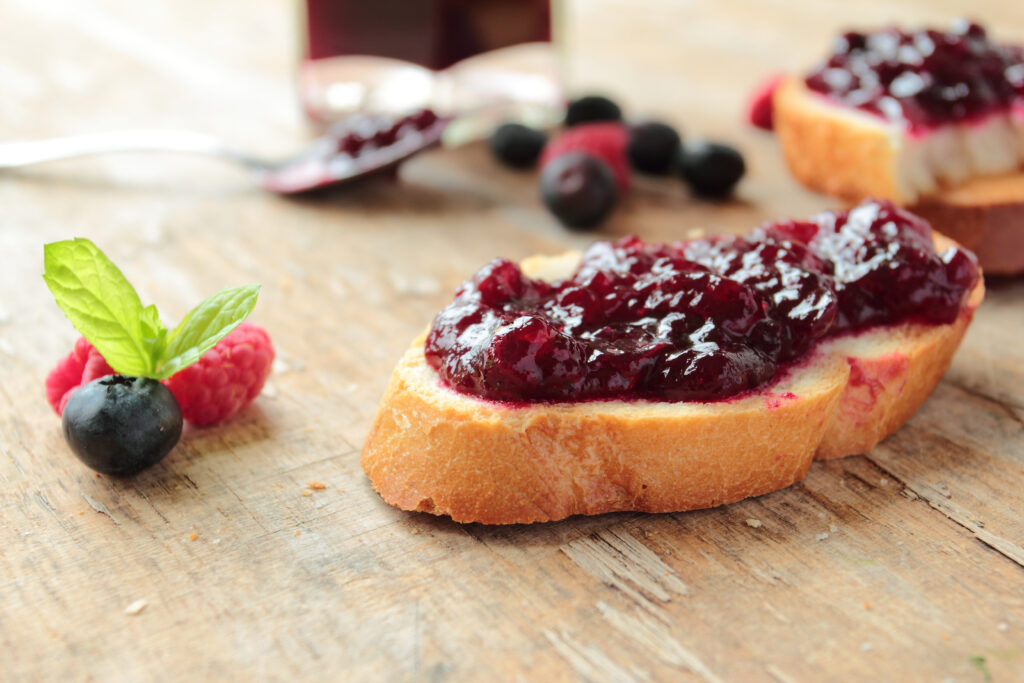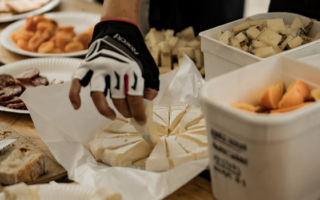
Le Goûter: The Sweetest Part of the Day
When I worked as an au pair in Paris, I quickly learned that le goûter was no ordinary snack. In fact, it was sacred. Every school day, like clockwork, goûter arrived to sweeten the afternoon – especially after a tough day. And not just for the kids. I happily joined in, eager to soak up every bit of French culture I could. Or at least, that was the excuse I gave for eating one more madeleine, another compote, or yet another baguette stuffed with squares of dark chocolate.
Goûter (pronounced goo-tay) means “to taste,” but in French households, le goûter refers to the beloved after-school snack, typically eaten around 4 p.m. — which is why it’s also affectionately known as le quatre-heures (“the four o’clock”). It’s a cherished part of childhood in France, and a chocolate lover’s dream meal.
In France, unlike in many other countries, snacking isn’t common throughout the day. Meals are structured and deliberate: for children, lunch is typically eaten at noon, and dinner not until 7 or 8 p.m. That long stretch between lunch and dinner is why le goûter remains essential for children (and many grown-ups) – it is an essential refuelling stop in the late afternoon.

Some afternoons, we’d stop by the boulangerie on our way home from school. The children lit up at the chance to choose their afternoon treat – the little girl often picked chouquettes or a pain au chocolat, while her brother would go straight for a glossy éclair or a delicate tarte aux framboises. As for me? It was always a toss-up between a pain aux raisins or a pain au chocolat aux amandes.
Goûter often came with a glass of milk – and if the day called for a little extra sweetness, a generous spoonful of chocolate Nesquik stirred in. The simple baguette with chocolate is a snack hard not to love: the satisfying crunch of a fresh baguette crust, the rich bite of dark chocolate, a smear of salted butter melting into the soft interior – it was a ritual that marked the gentle transition from school day to evening.
At home, goûter was usually simple and familiar. Some days it was tartines: slices of baguette spread with butter and jam, or just dark chocolate tucked inside, letting the warmth of the bread soften it slightly. Other times, we reached for madeleines, those soft, shell-shaped cakes that seemed to disappear in just a few bites. There were always compotes in the fridge — smooth fruit purées, usually apple or pear — and often a few packets of biscuits tucked into the cupboard. The classics never failed: Prince and Lu of all varieties — the staples of nearly every French childhood.

But goûter wasn’t just about the food. It was also a natural pause in the day – a small window between school and homework, or sports, or piano lessons. It was the time when backpacks were dropped, shoes kicked off, and everyone settled, even if just for five minutes. Over biscuits or tartines, the children would tell me about their day: who they sat next to at lunch, what the teacher said, how many stars they got on their spelling test. It was a brief but meaningful moment of calm. A way to reconnect before the rush of the evening began.
Goûter isn’t fancy or particularly healthy — but it’s exactly what it needs to be. Predictable, comforting, and exactly what we all need before the long stretch toward dinner, no matter our age. A simple daily ritual that turned an ordinary afternoon into something just a little sweeter.
Lead photo credit : Shutterstock
Share to: Facebook Twitter LinkedIn Email



